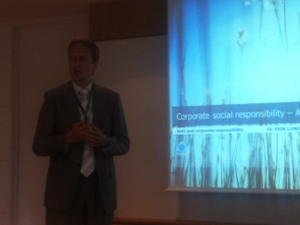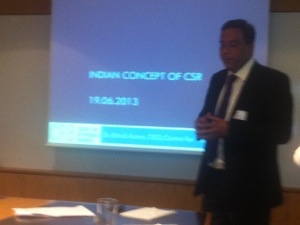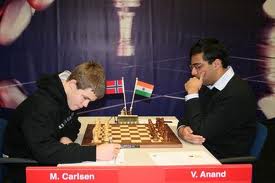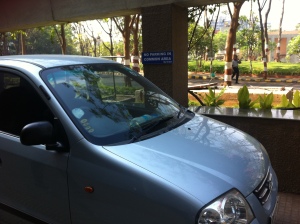Hi everyone
Today I came across an article about what was named as “the Cinderella hour” in Kolkata in Aftenposten, the leading Norwegian newspaper.
The article is written by the journalist @Helene Skjeggestad so all credit goes to her. Translation is done by me, so all translation mistakes is mine. Here it goes:
India with is growing middle class is described as the country of the future. With more than 700 million people below the age of 30 this is where we will find the consumers of the future. The economy indicators are still pointing upwards (even if the rupee is currently in recession, my comment). Foreign companies, including Norwegians are still rushing to the country.
It is the strong contrast between this glamorous picture of India that makes the gang rape from December last year so difficult to understand. A 23 year old student went into a bus with her boyfriend. Here they got attacked by six people. He got tortured. She got tortured and raped. Then they get thrown of the bus and she later dies because of her injuries. Last week four of the culprits was sentenced to death last week (one of them have already committed suicide and one of them is a juvenile, my comment). Is this possible to understand?
India is a vast country with a huge population and has always been a society with a lot of differences. The country has always been divided in many ways, like caste, religion and not least gender. While the government and rest of society have done a lot to eliminate the differences between the different castes and religions over the last 20 years or so, little have been done to eliminate the differences between genders. But after the rape in December and its fatal consequences there have been a lot of protests both in Delhi and in other cities in India. Official statistics that has previously hidden are now available. This shows that the number of rape cases has doubled from 1990 to 2008. The next question is then; what can be done with this?
The discussion has many similarities with comparative discussions in Norway. Do women have a responsibility in order to not put them self into dangerous situations? A new report from the organization Invisible Women mentioned in
The Guardian this week says that the responsibility is at the government. The infrastructure in the cities must be improved with safer public transportation and street lights. Others have pointed to the dangers that the many public toilets represents. In the report it is stated that “public toilets for women are dark and unfriendly”. This is applicable to both the cities and the countryside. In May most of the rapes that was reported in the state of Bihar happened in public female toilets. In Mumbai they have trains that are only for women (I think this is a slight mistake in the article. There are separate compartments for women, not separate trains. My comment). In Kolkata they issued a curfew after a rape case last year and recommended women not to walk alone late in the evenings. The curfew, which has got the nickname “the Cinderella hour” by the locals, is still being debated.
Neither separate trains nor self-imposed curfews solve the real problem between genders in India. It can also be argued that these precautions increase the differences and increase the problem. We can hope that one of the authors of the report from Invisible Women, @Nilanjana Roy is right when she says: “The rapes might not stop, but this conversation isn’t stopping either”.
Talk to you soon
Karsten








